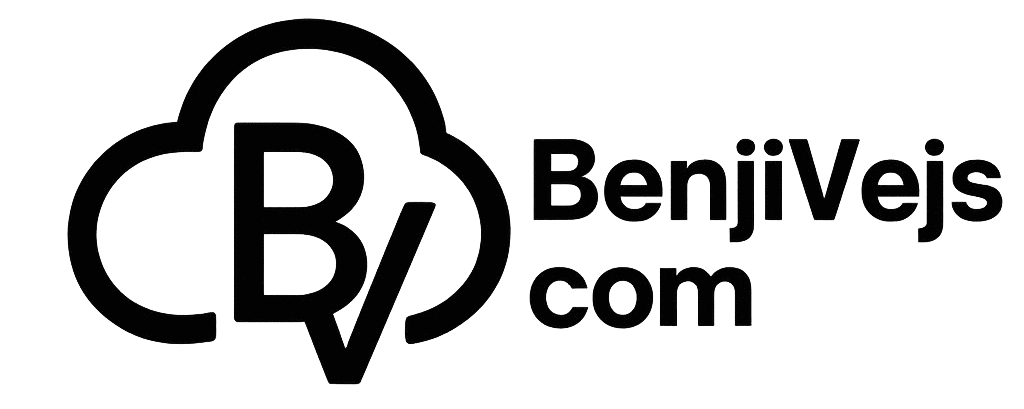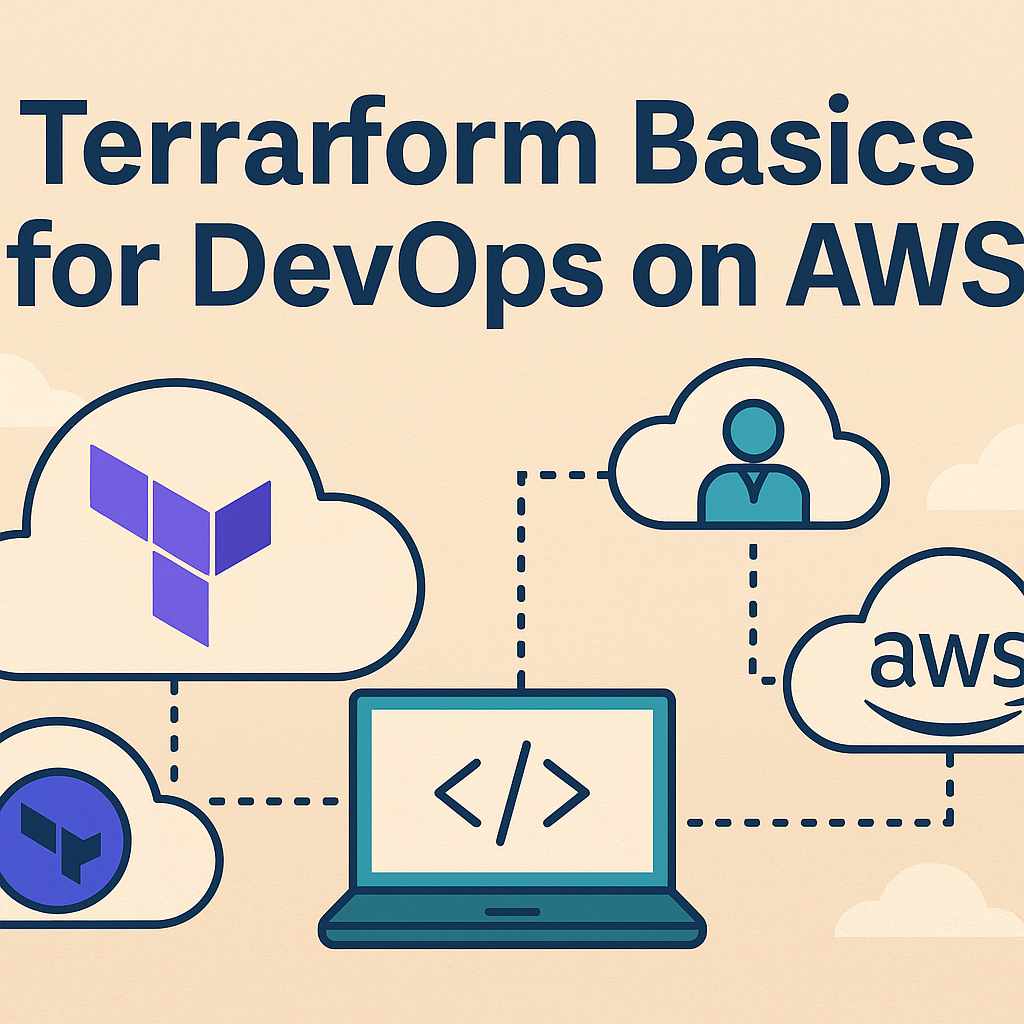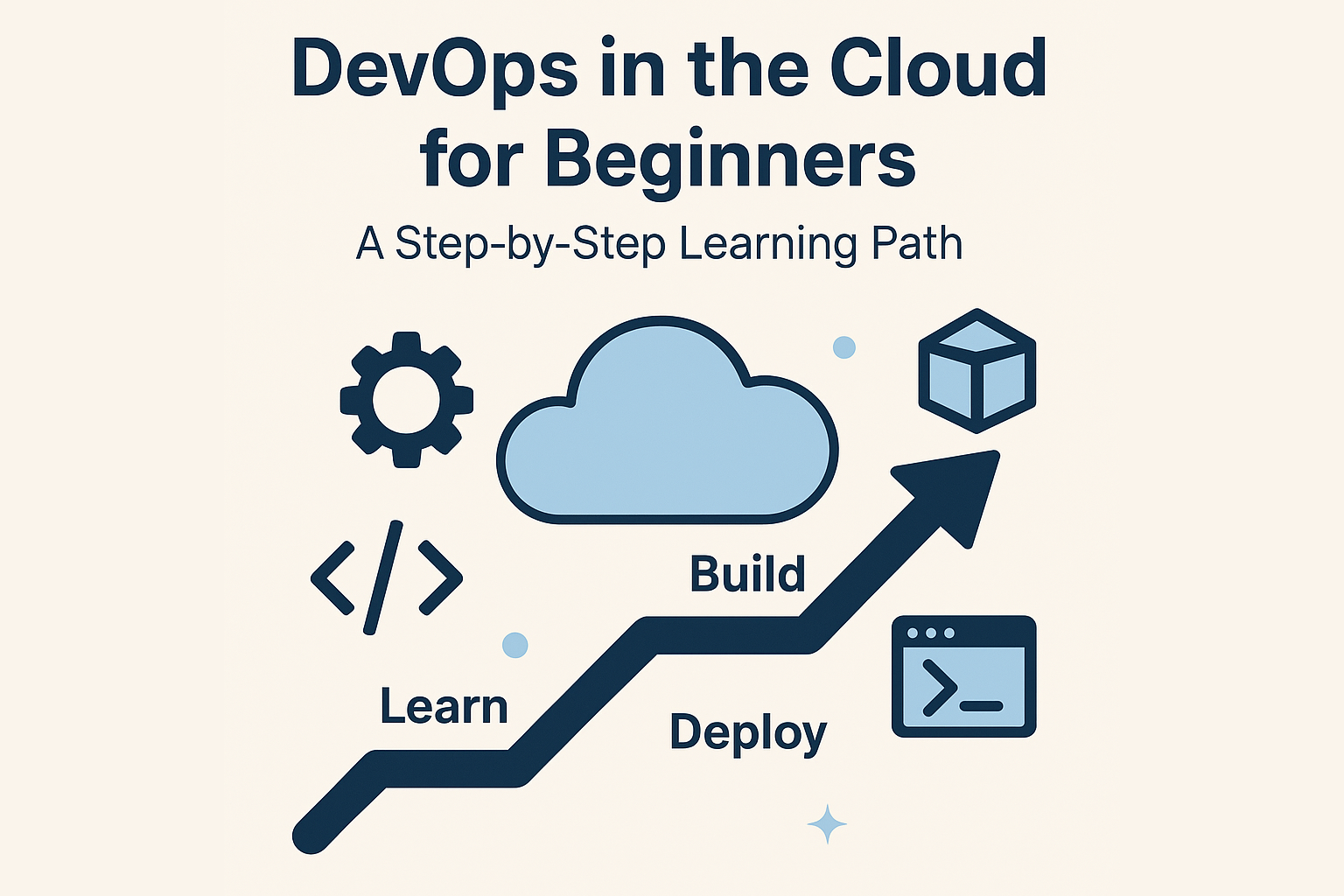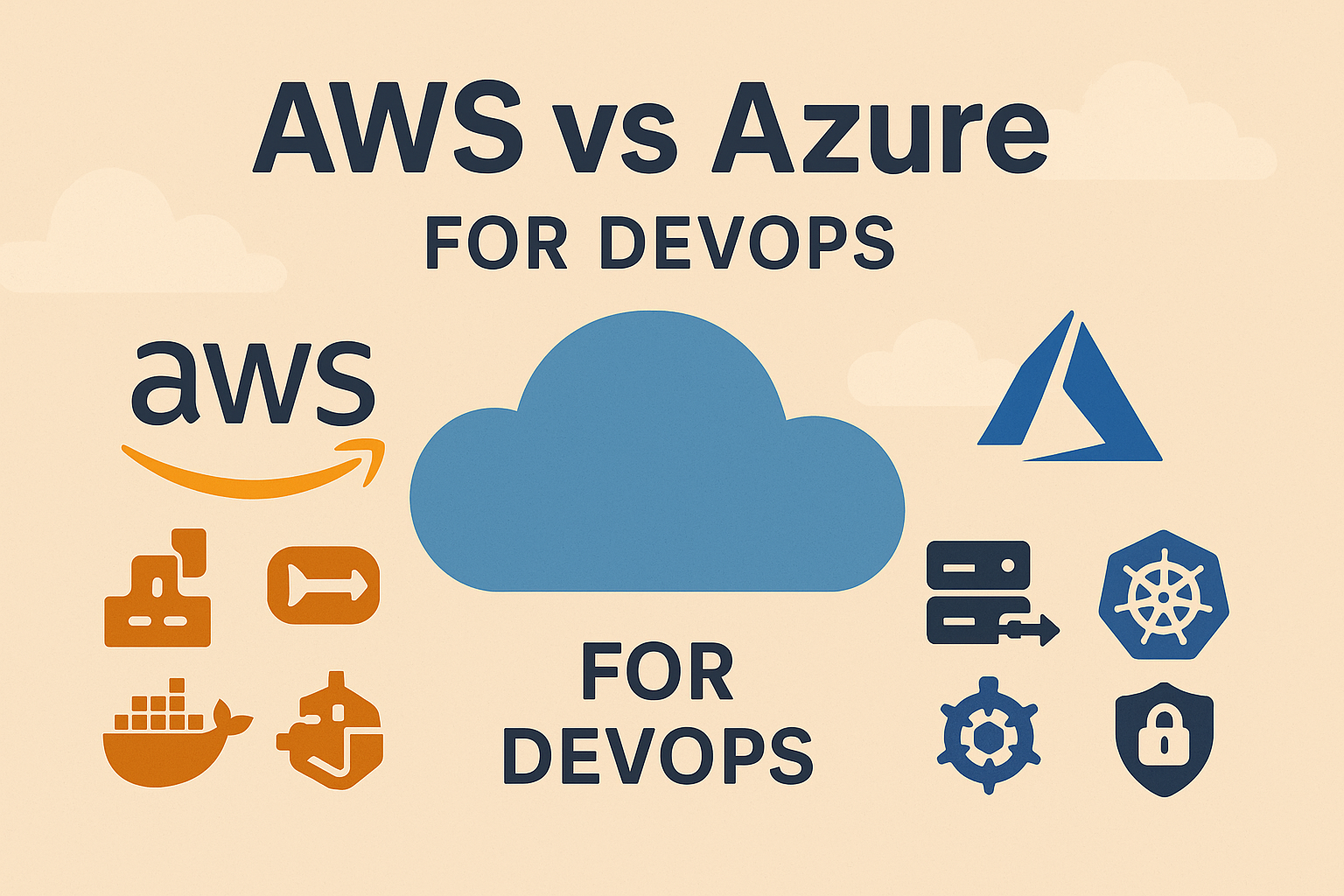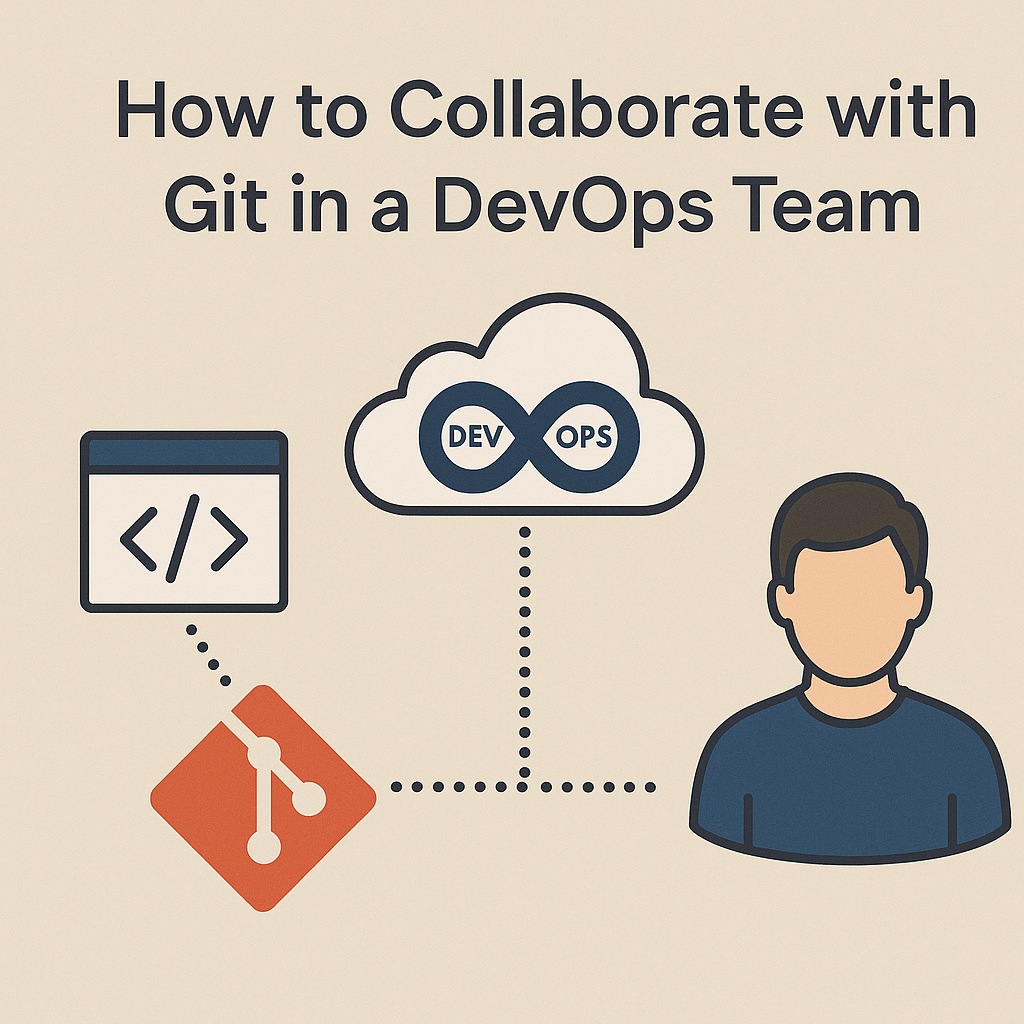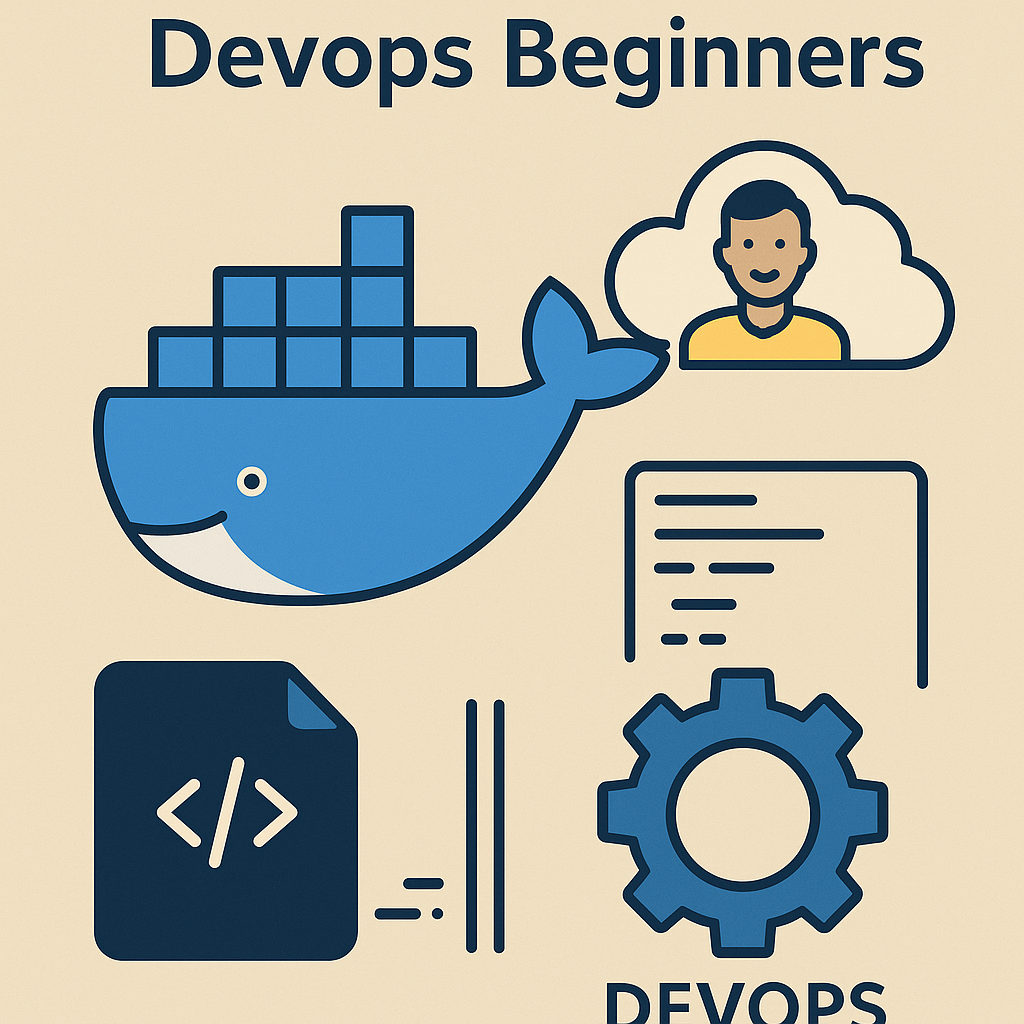Git for Beginners: A Practical Guide to Version Control
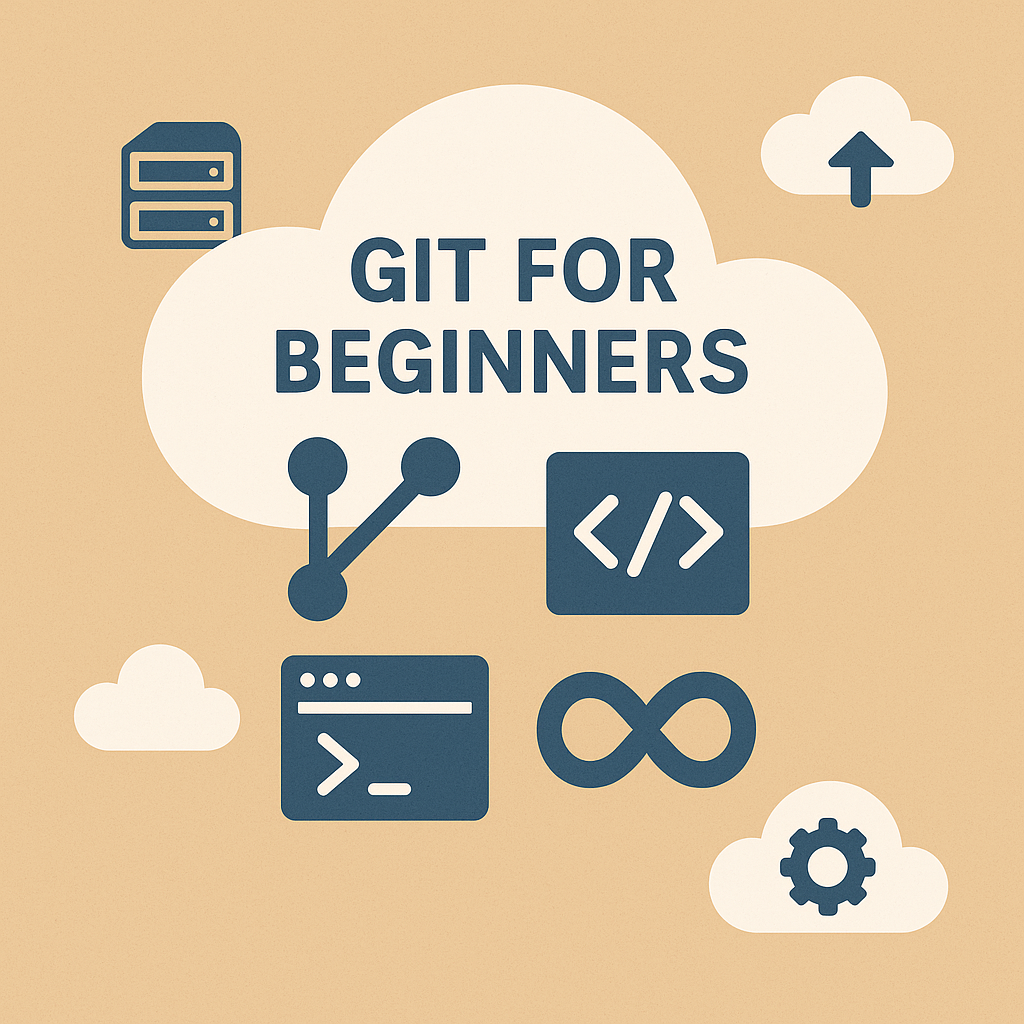
Version control is the foundation of modern software and DevOps workflows. If you’re just getting started with code collaboration, this guide will help you understand the basics of Git, why it’s essential, and how to use it in real-world projects.
What Is Git and Why Use It?
Git is a distributed version control system that tracks changes in source code and allows multiple people to collaborate. Whether you’re a developer or a DevOps engineer, Git helps you manage code versions, coordinate work, and roll back changes when needed.
Key Git Concepts for New Users
- Repository: A directory that tracks changes (local or remote).
- Commit: A snapshot of your changes.
- Branch: A parallel version of your code.
- Merge: Combining changes from different branches.
Understanding these concepts is key to working in any collaborative development or DevOps team. They help avoid conflicts and ensure changes are tracked properly over time.
Installing and Setting Up Git
Download Git from the official site and configure it:
git config --global user.name "Your Name"
git config --global user.email "you@example.com"Creating Your First Repository
mkdir my-project
cd my-project
git initThis sets up a new Git repository.
Making Your First Commit
echo "# My Project" > README.md
git add README.md
git commit -m "Initial commit"Working with Branches and Merges
git checkout -b new-feature
echo "New feature" >> feature.txt
git add . && git commit -m "Add feature"
git checkout main
git merge new-featureBranches are useful for keeping work isolated and cleanly merging when ready.
Using GitHub for Remote Repositories
- Create a repository on GitHub
- Link your local repo:
git remote add origin https://github.com/youruser/hello-git.git
git push -u origin mainGitHub makes collaboration even easier by providing a central location for your code and supporting tools like pull requests, issue tracking, and integrated CI workflows.
Git Best Practices for Beginners
- Commit often with clear messages
- Use branches for new features or bug fixes
- Always pull before you push
- Use
.gitignoreto avoid tracking unnecessary files
Final Thoughts on Getting Started with Git
Learning Git is a crucial step in your DevOps and software journey. As you become comfortable with the basics, you’ll be ready to explore collaboration workflows, GitHub Actions, and Infrastructure as Code.
Keep practicing by creating small projects and using Git daily — the more you use it, the more second-nature version control becomes.
Want to go further? Learn how to collaborate with Git in a DevOps team.
New to DevOps? Start with our DevOps in the Cloud for Beginners guide.
